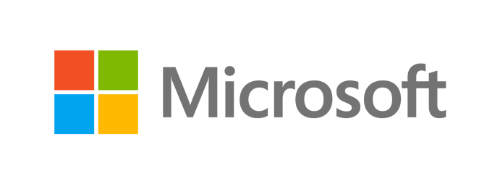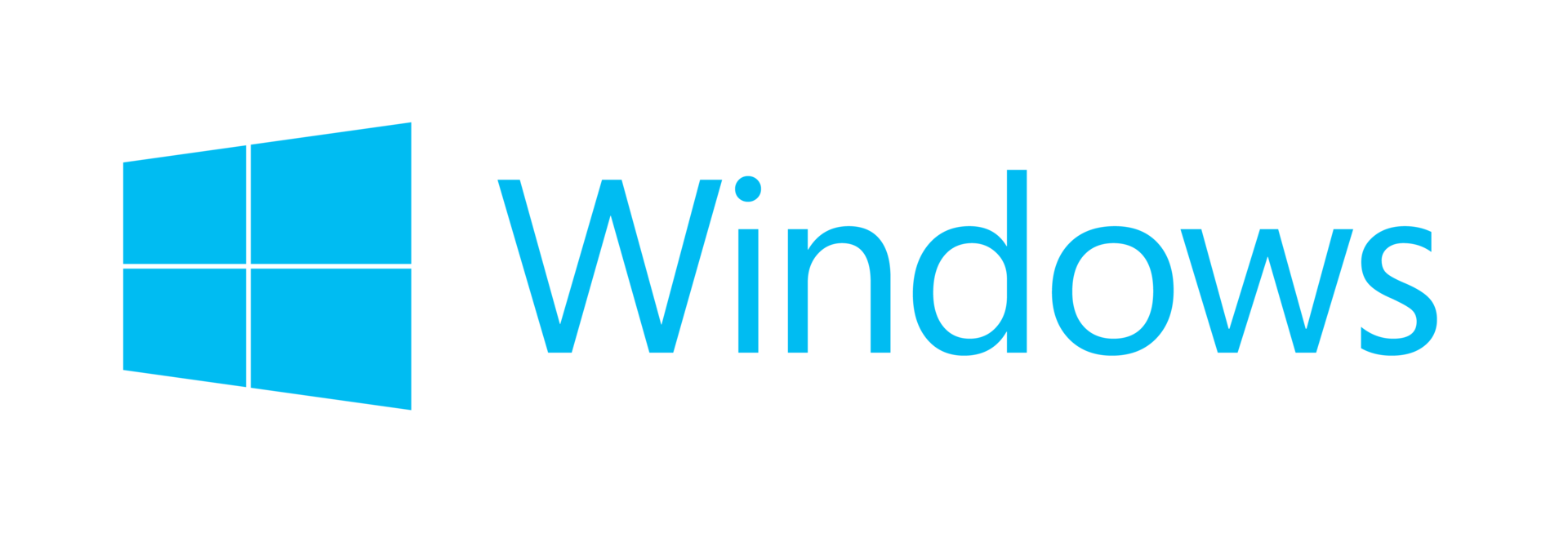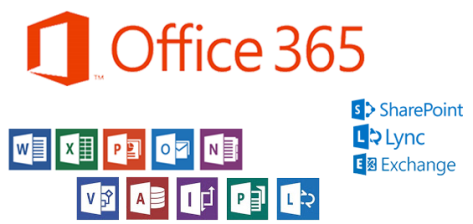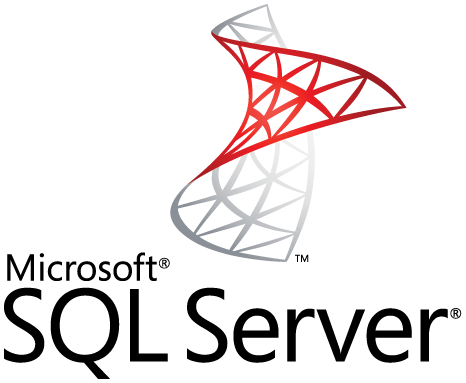解決方案諮詢專線 : 886-02-22186500
Solution Hotline : 886-02-22186500
EN
中


Microsoft

Microsoft's IoT/Embedded Product Portfolio
Windows Server IoT 2022:
Build efficient, secure, and modern server systems
Windows Server IoT 2022 builds on Windows Server IoT 2019, Microsoft’s fastest adopted Windows Server ever. This release includes advanced multi-layer security, hybrid capabilities with Azure, and a flexible platform to modernize applications with containers. Windows Server IoT 2022 supports business-critical and large-scale applications like SQL Server that require 48TB of memory and 2,048 logical cores running on 64 physical sockets.
Windows Server IoT 2022 can only be licensed through the OEM channel under special dedicated use rights. Fixed-function appliances using Windows Server IoT 2022 will be dedicated to specific information or transaction processing, aggregating data from downstream ‘things’ and analyzing it on-premises at scale; maintaining databases that are too big to transfer to the cloud; serving as a gateway to enterprise IT infrastructures; or leveraging Azure in hybrid scenarios with cloud-native apps managed by Azure IoT Edge.
New features in 2022
Windows Server IoT 2022 brings new innovations on three key themes:

Multiple editions
Microsoft offers five Windows Server IoT editions to provide the specific requirements you need to build right for your project and budget. The table below can help you identify which one may be right for the specific solution you want to deliver or build.

What is a CAL? Do I need a CAL?
As Microsoft explains, “A CAL is not a software product; rather, it is a license that gives a user the right to access the services of the server.”
The challenge with CAL licensing is that it requires a technical understanding of how devices and users are connecting to the embedded device. Each connection to a Windows Server or SQL Server requires a CAL, so the typical answer to the question, “Do I need a CAL for this scenario?” is most often, “Yes.”
There are two types of CALs: Device and User CALs. Figuring out the number of users and devices that will be connecting to the solution helps you determine which type to use. Our goal is cost effectiveness, so an OEM will want to select the lower number between the two.
User CALs
With User CALs, an OEM purchases a CAL for every user who accesses the server to use services, regardless of the number of devices they use for that access. This sort of license is useful for situations where users do not regularly have access to a specific machine, like a gas station company that monitors stations across a region, or when users tend to have access to their own personal machine, like in remote work.

Device CALs
When it comes to Device CALs, an OEM purchases a CAL for every device that has access to the server, rather than each specific user. In these cases, several users could utilize a single licensed device. This sort of license is useful for situations where multiple users might be accessing the same device, like a store open 24 hours a day, or a manufacturing facility where employees over several shifts use the same machine.
In general, User CALs are more common, however, there are certain scenarios that make Device CALs the better choice.

Choosing the right CAL
Here are a few interesting things to keep in mind on choosing the right CAL for your business. First, embedded program CALs are channel-agnostic, meaning if you purchase an embedded CAL, it can be used with products purchased in other Microsoft licensing channels (for example, Volume Licensing).
Second, you cannot use previous generation CALs with newer versions. For example, you may not use Windows Server 2016 CALs with Windows Server IoT 2019. Instead, you will need new 2019 version CALs. You can, however, use newer CALs with older products.

Affiliated Companies
Trend Electronics(HK) Ltd.
Toptrend Technologies Corp.
Affiliated Companies
Trend Electronics(HK) Ltd.
Toptrend Technologies Corp.
© 2023 Chander

關係企業

關係企業
© 2023 全達國際股份有限公司|著作權與隱私權聲明條款



